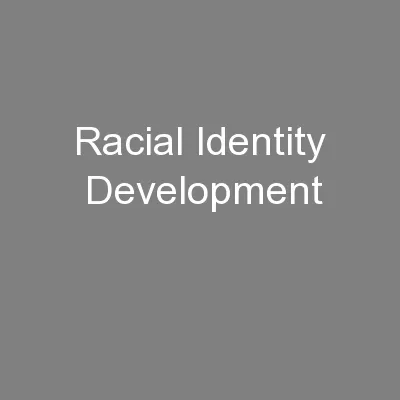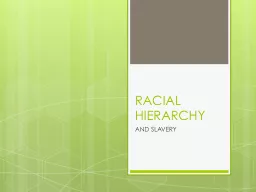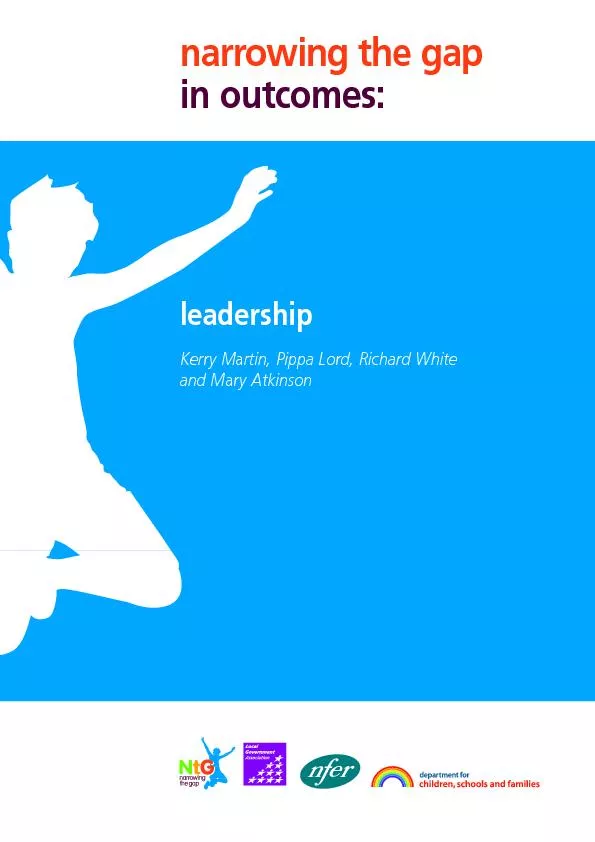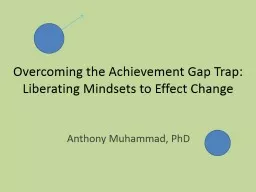PPT-Narrowing the Racial Achievement Gap:
Author : luanne-stotts | Published Date : 2018-02-16
Policy Success at the State Level Prepared by Kelsey Hill Daniel Moser R Sam Shannon Timothy St Louis For the State of Wisconsin Department of Public
Presentation Embed Code
Download Presentation
Download Presentation The PPT/PDF document "Narrowing the Racial Achievement Gap:" is the property of its rightful owner. Permission is granted to download and print the materials on this website for personal, non-commercial use only, and to display it on your personal computer provided you do not modify the materials and that you retain all copyright notices contained in the materials. By downloading content from our website, you accept the terms of this agreement.
Narrowing the Racial Achievement Gap:: Transcript
Download Rules Of Document
"Narrowing the Racial Achievement Gap:"The content belongs to its owner. You may download and print it for personal use, without modification, and keep all copyright notices. By downloading, you agree to these terms.
Related Documents














